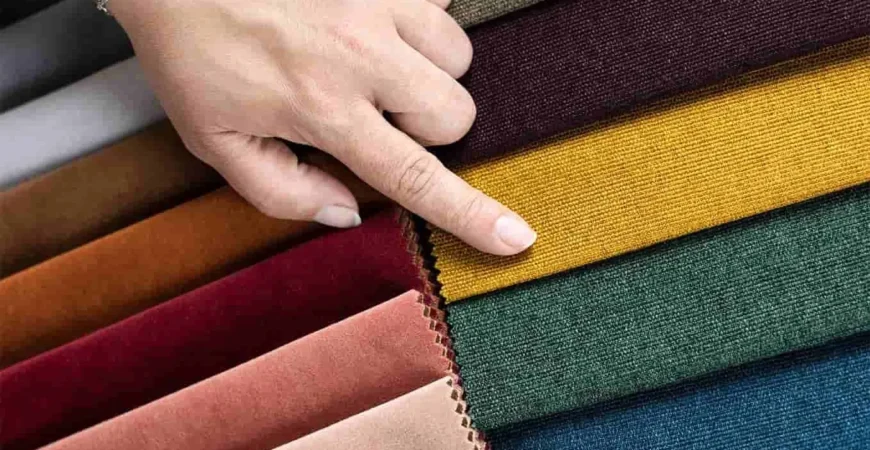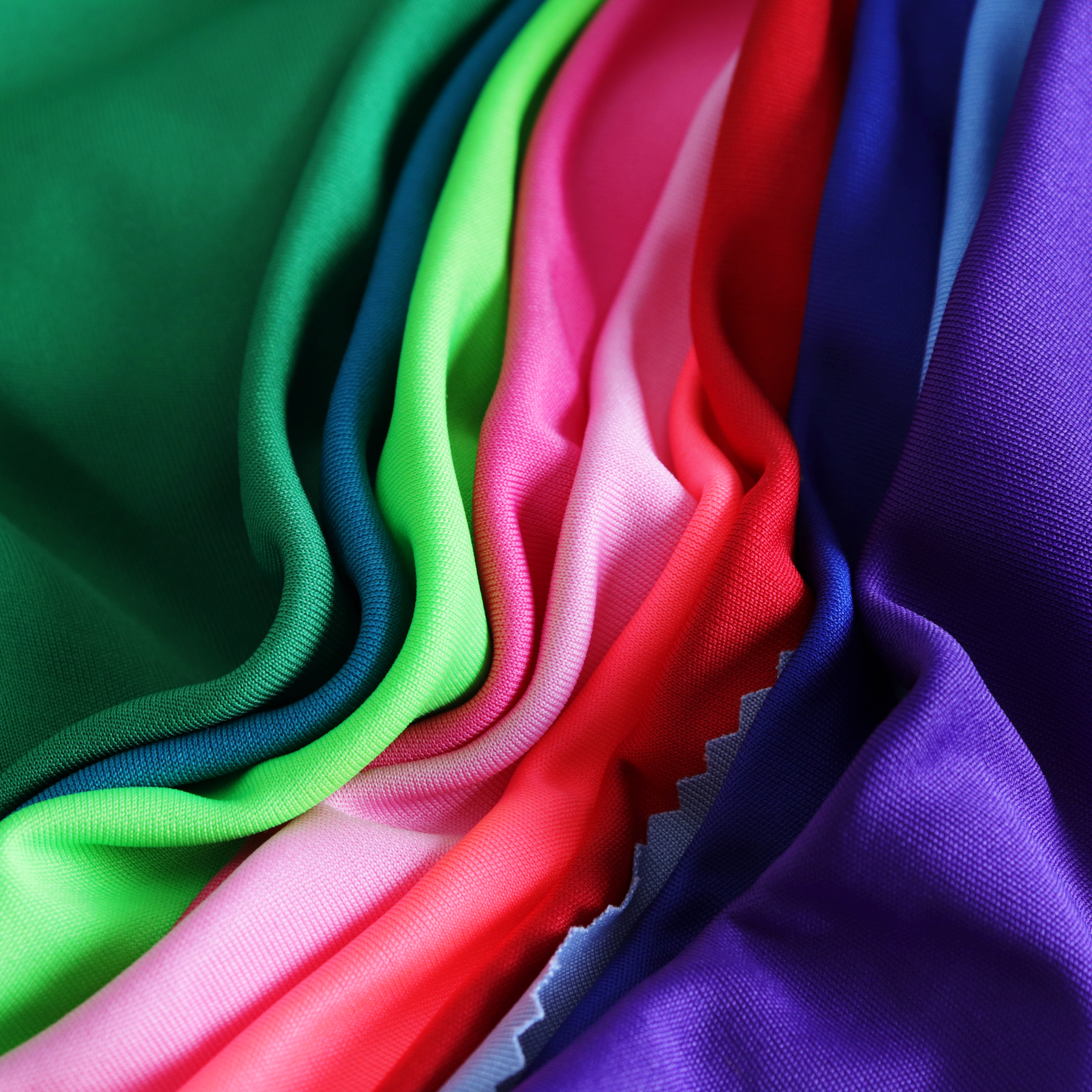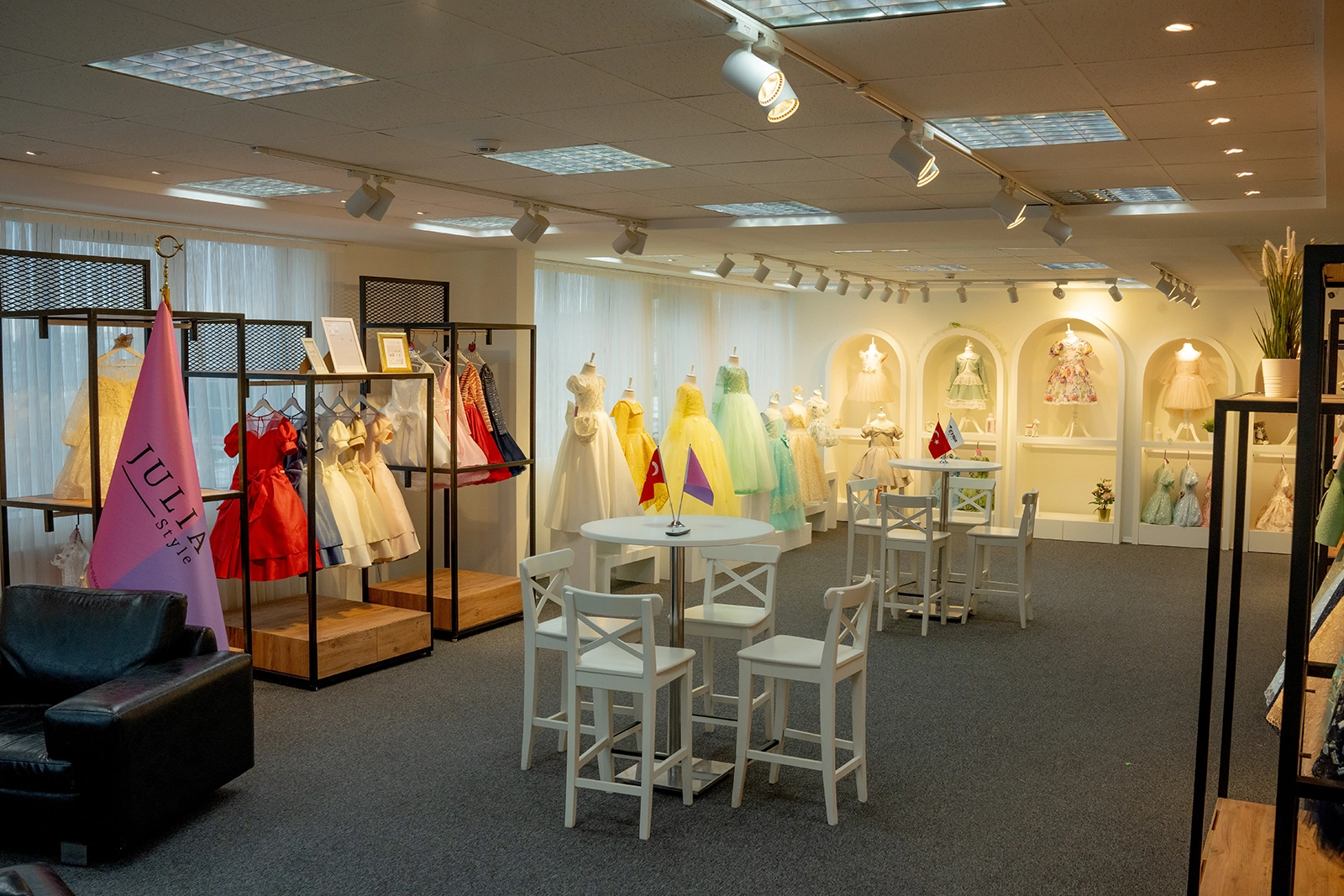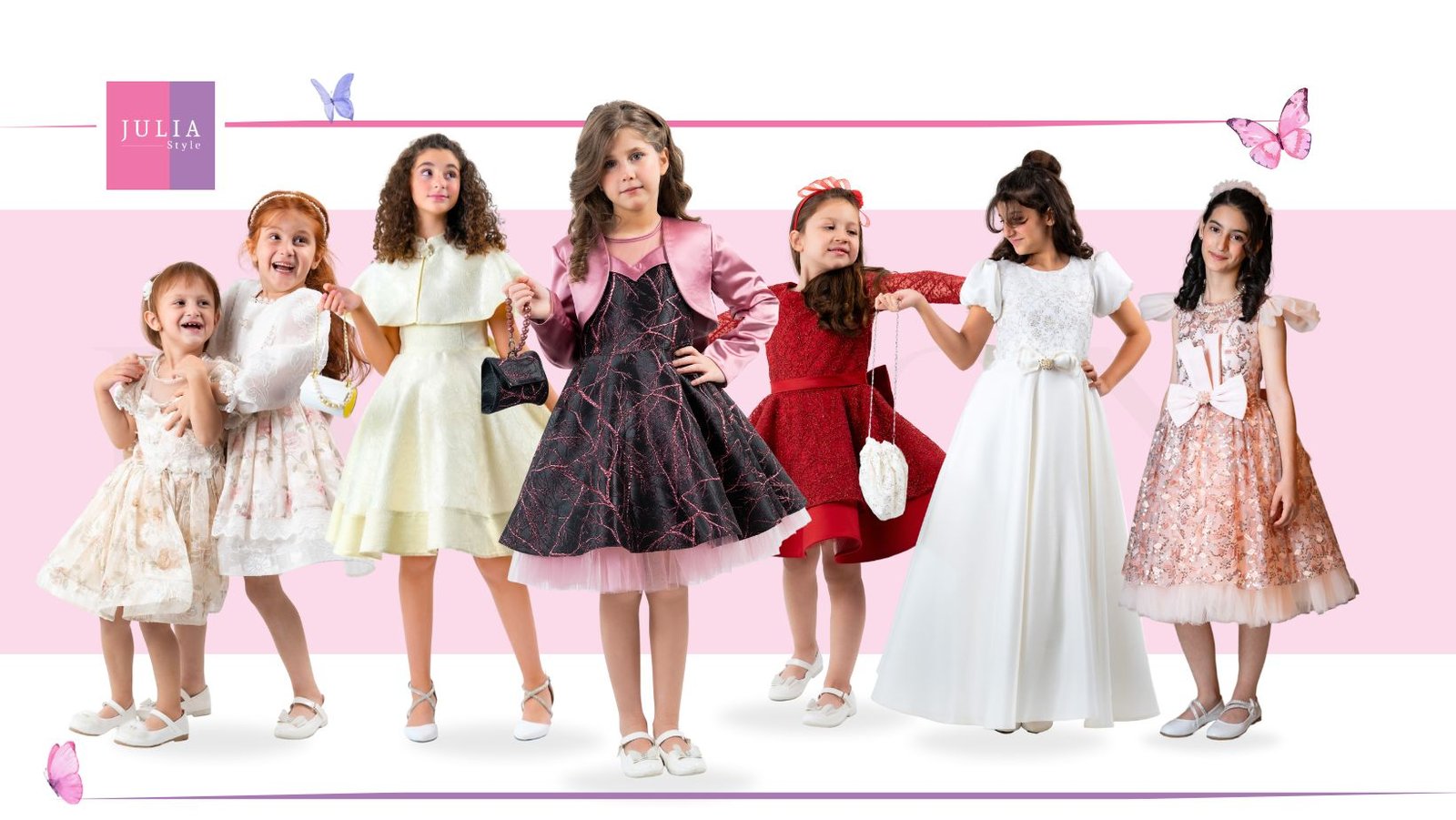Turkish linen is considered one of the most important types of fabrics in the world, and it is distinguished by its high quality and durability. The price of a meter of this fabric is different compared to silk, chiffon, and polyester. Today, traders are interested in importing and exporting the best types of fabrics. In this article, we will talk about Turkish linen, its properties, and uses. Stay with us.
What is Linen Fabric? Understanding Fibers and Features:
One of the signs of civilization and progress that appeared in early humans over time is wearing clothes. Over time, people learned to produce fabric using different raw materials and then use the fabric to design new and more efficient clothing. Human creativity and intelligence continue to produce new fabrics with new features and capabilities to this day and have occupied a large part of the history of civilization. “Linen fabric” is one of the types of fabrics that have been produced since ancient times and its quality has increased over time. In the following, we will discuss more about what linen fabric is, its features, and applications.
From Fibers to Linen Fabric and Synthetic Fibers:
They are examples of the achievements and raw materials that help us produce fabrics with wide possibilities and reasonable prices. Synthetic fibers often have a long lifespan, and because they are produced from more petroleum products, they are abundant and have a reasonable price. Despite all these positive features, synthetic fibers are still unable to provide the quality and comfort of natural fibers. Given that natural fibers are produced by plants or animals, they have more limitations and obtaining and processing them can lead to more problems. Linen fabric is one of these natural fibers. The blue type of flowers of this plant has finer and thinner fibers. In the past, it was best to grow and use white flowers. This plant basically has three stages of growth, which show different properties and capabilities at each stage. At first, this plant will be green, and harvesting it during this period will give you weak fibers; in the next stage the plant turns yellow and this is the best stage to grow the plant, and its fibers are long and soft. The last stage is the brown color, and during which the fibers become short and thick.
Types of Linen Fabrics:
Linen fabric can have different types according to the production process as well as the compounds used during its production. You can generally consider the following four categories for all types of linen fabrics:
Elastic Linen Fabric – Cotton Linen Fabric:
It is an example of linen fabrics that are very similar to cotton fabrics. The positive features of this type of fabric include high resistance, long life, easy washing, and no restrictions. Among the features that may seem a bit negative, we can mention the property of lint and its ability to wrinkle.
Cotton Linen Fabric:
These are examples of fabrics that use a lot of threads in their production. Among the attractive features of this fabric are its low shrinkage (about 2%), good air flow, and most importantly, its excellent compatibility with the skin of the body and the absence of allergies.
Paper Linen Fabric:
Paper linen fabric is a modified type of linen fabric in which different proportions of cotton, polyester, and viscose are used. According to the percentage of these materials used in the fabric, its final quality can be determined. These fabrics are so light and pure that you can hear a rustling sound similar to the sound of wrinkling paper when you touch them. These fabrics have a beautiful appearance and a relatively long lifespan. Paper linen fabric wrinkles easily, but you can easily and quickly remove wrinkles just by running your wet hand over the fabric.
Soap Linen Fabric:
This type of fabric is one of the highest quality subcategories of linen fabric. The necessary process for high-quality production of this product will be very difficult and energy-consuming. These production difficulties have led many manufacturers to withdraw from the production of this type of fabric, but its production has continued due to the great capabilities of this model, and countries such as China are working in large quantities to produce and supply these materials.
**In the natural ways to produce this type of fabric, they use the cellulose fibers found in it through several stages of soaking flax fibers and flax stem. In industrial samples, it is preferred to use chemicals that produce these fibers to reduce production time and make the process easier. The industrial samples produced from this type of fabric are also of high quality.
**Using linen and soap fabric can be a very suitable choice for you in hot seasons, tropical areas, or Sharjah areas. This fabric does not retain moisture inside itself and dries very quickly. The resistance and lifespan of this fabric are very high. These fabrics are highly dyeable and designable, which makes you able to coordinate the fabric better according to your needs.
Turkish Linen Fabric:
It is interesting to know that Turkish linen fabric was one of the most luxurious goods in ancient Egypt. The difficulty of the production process of this product and the rarity of the plant that produces it



